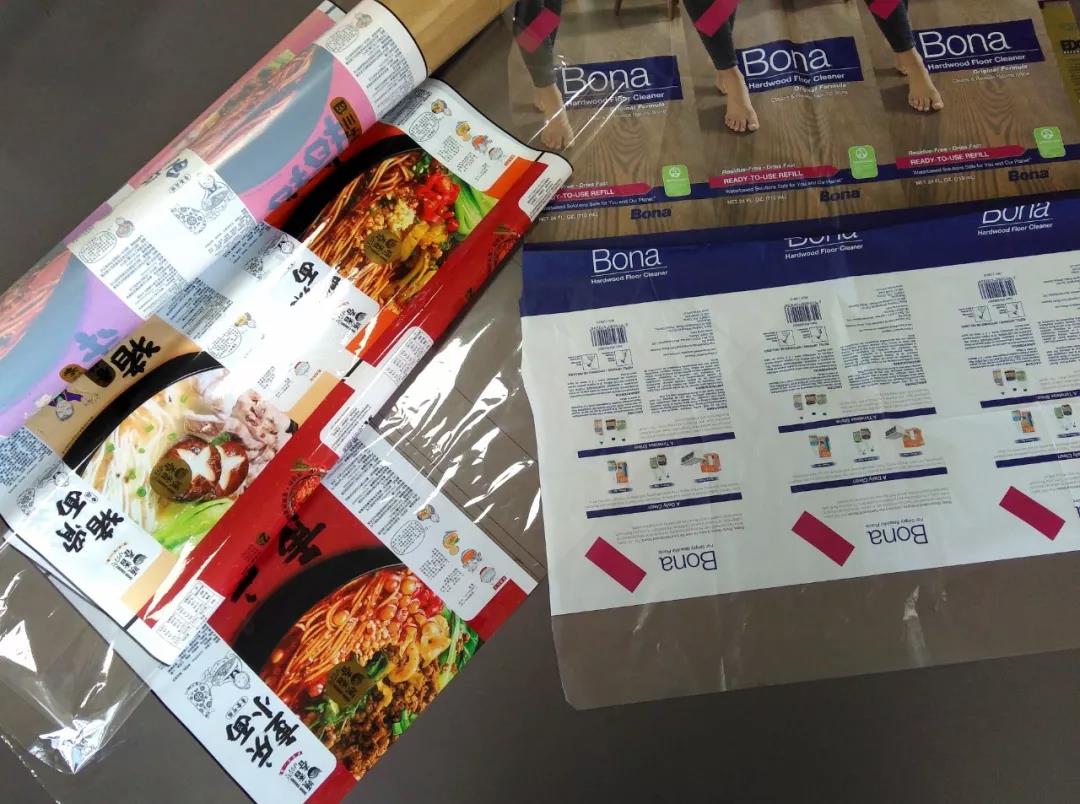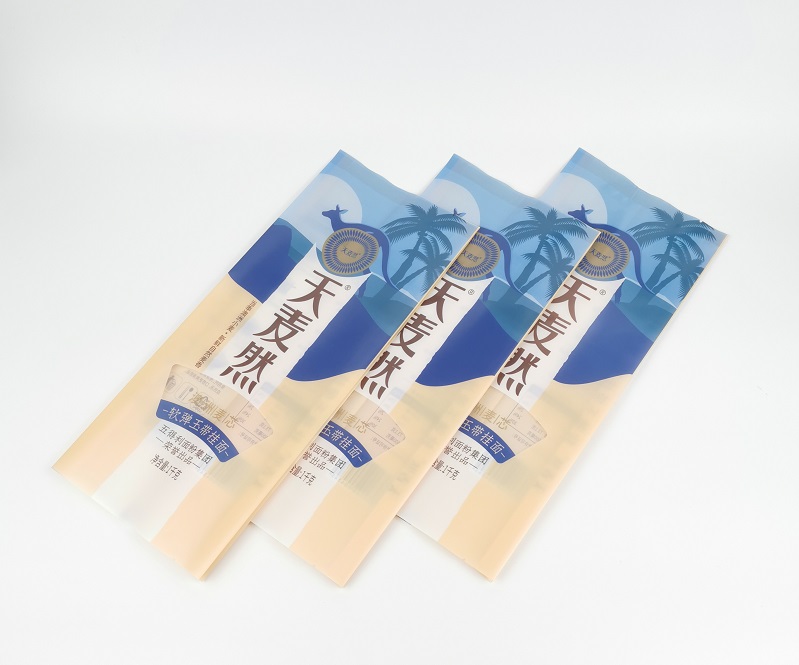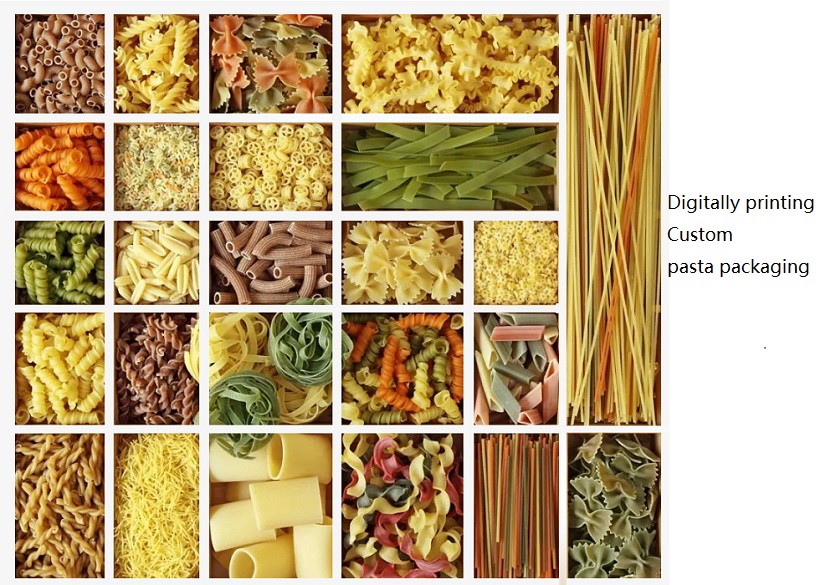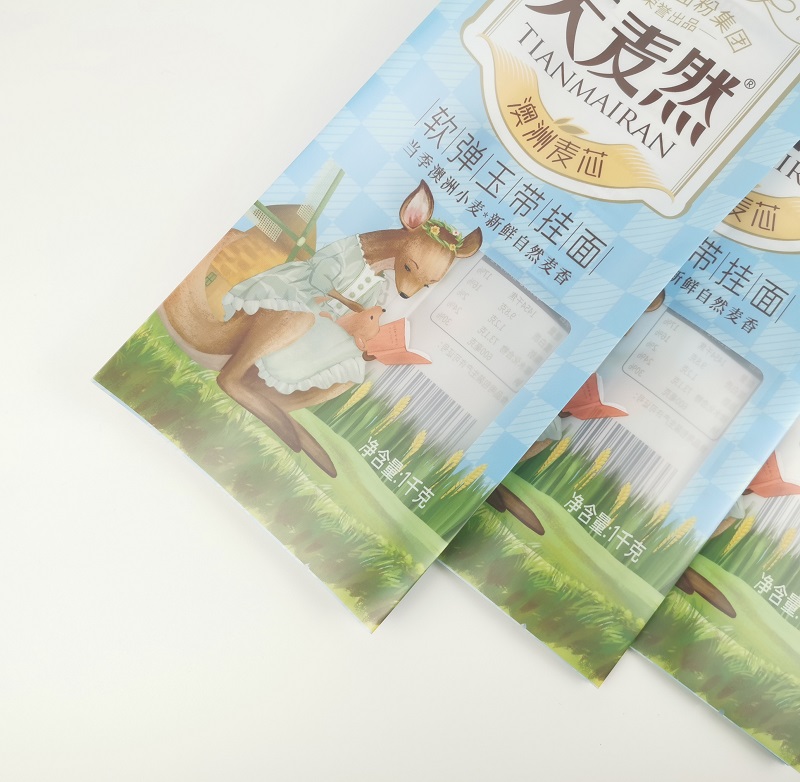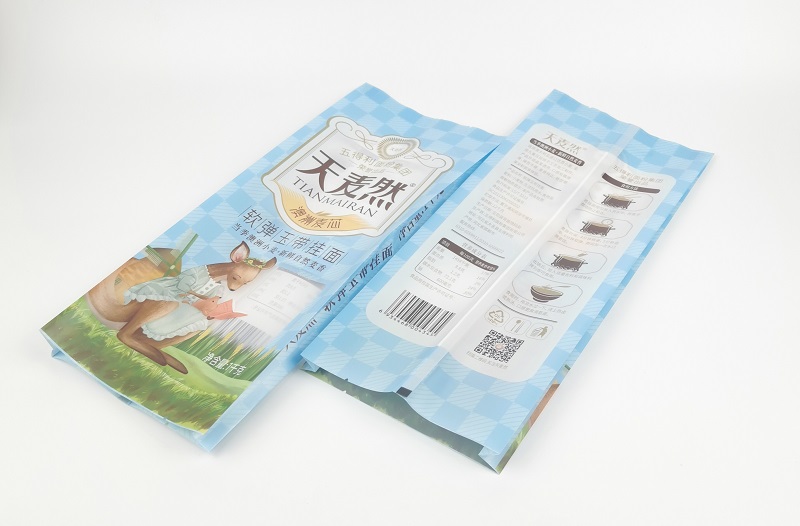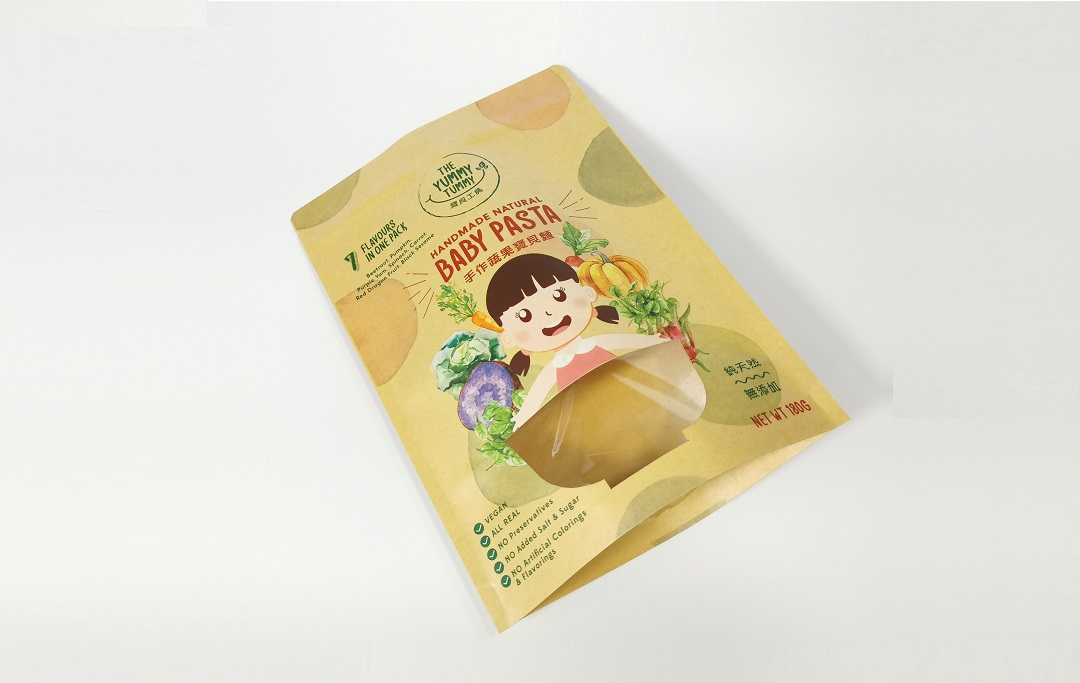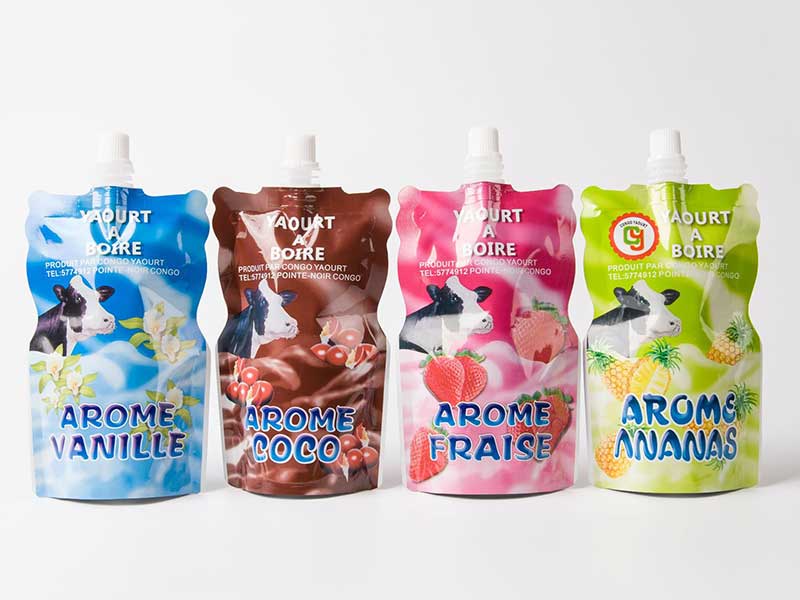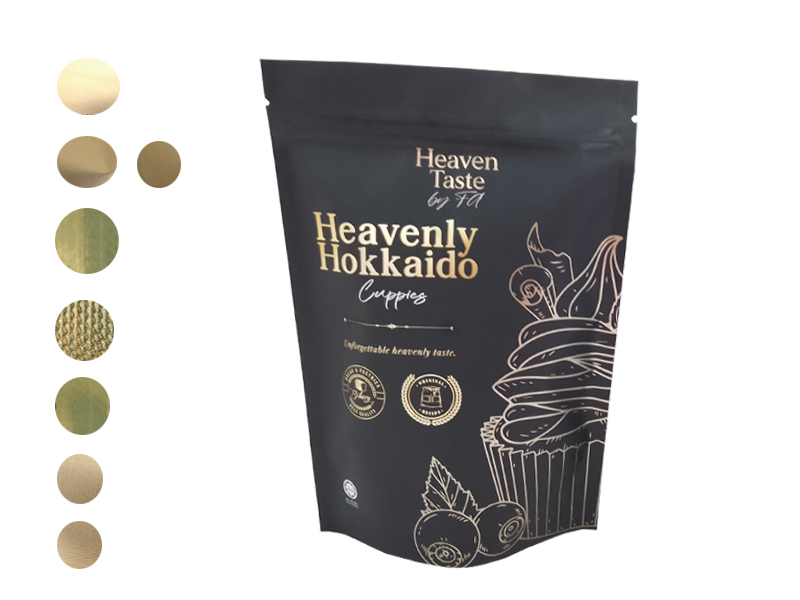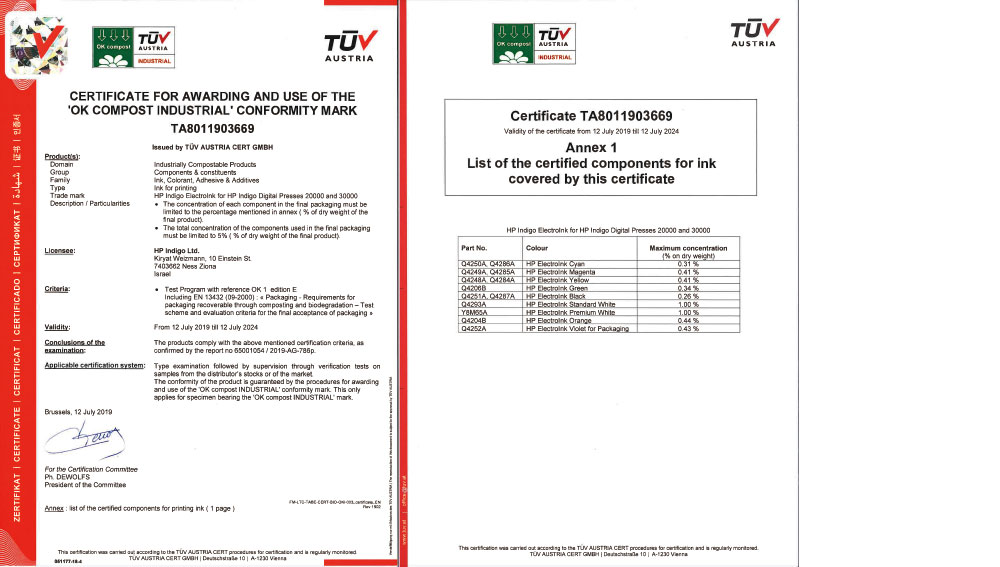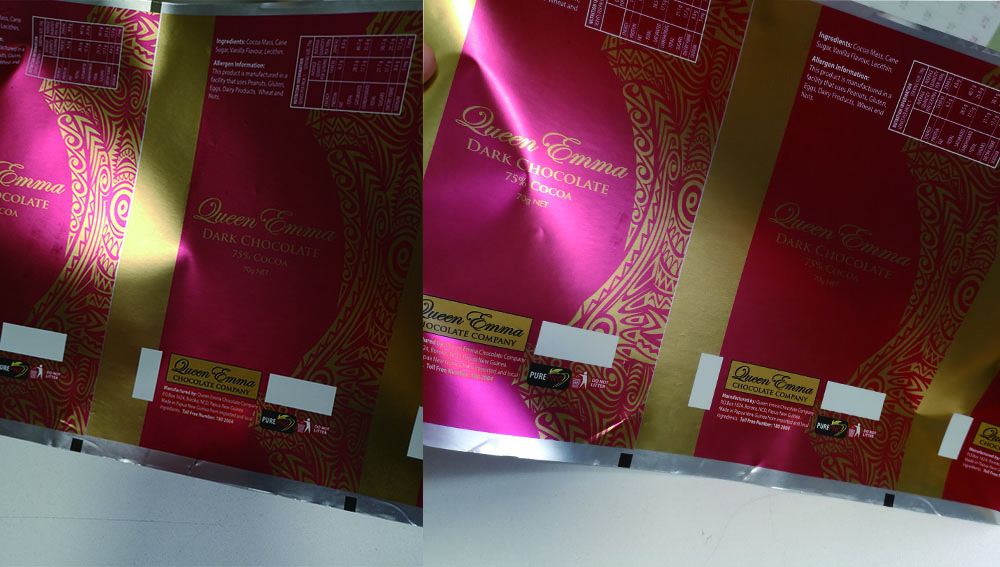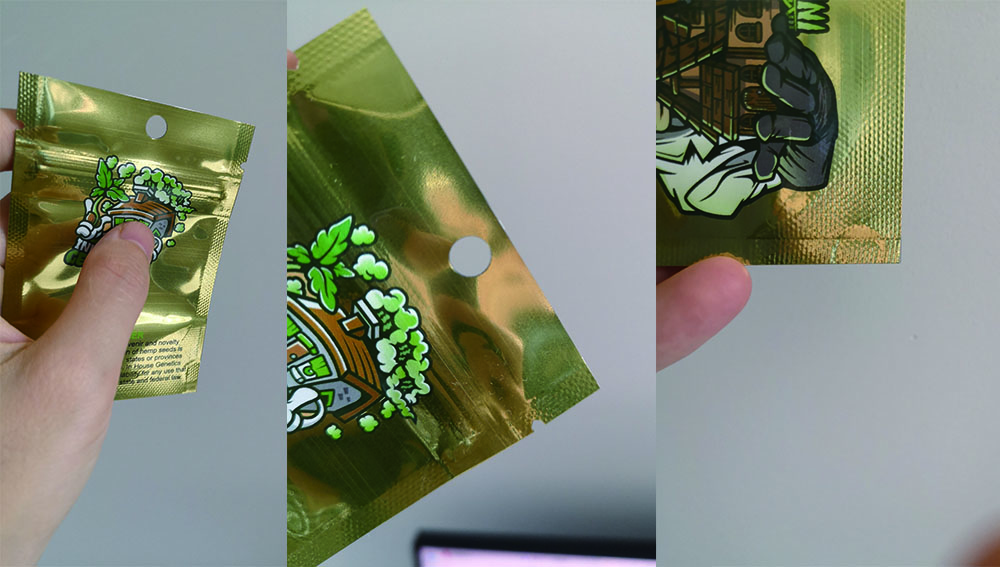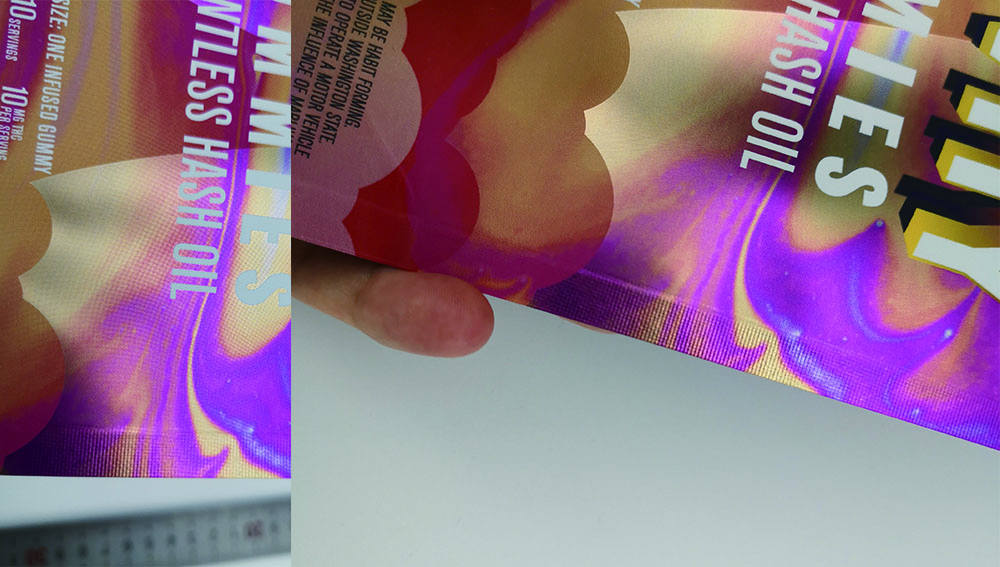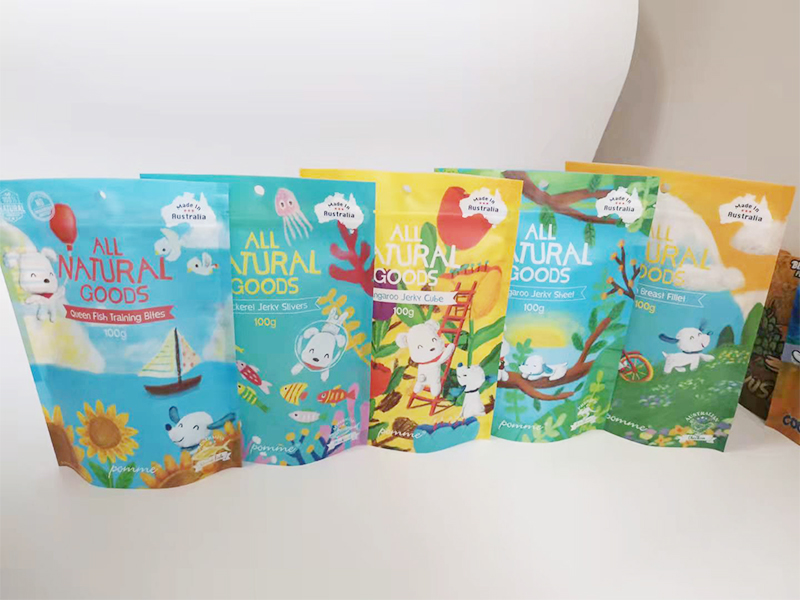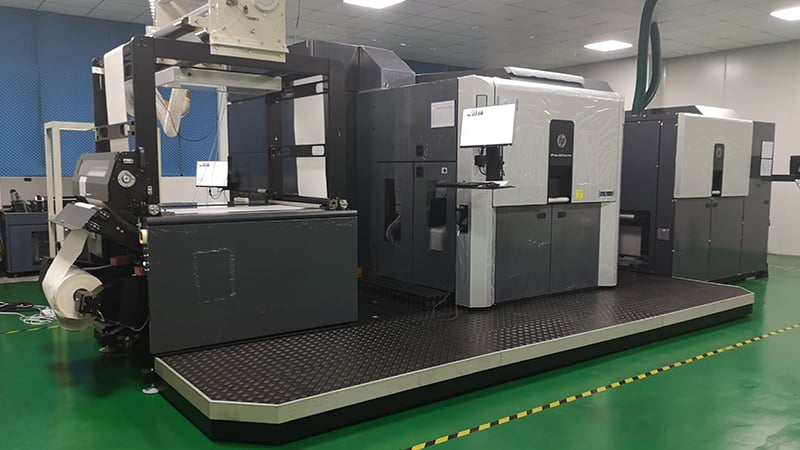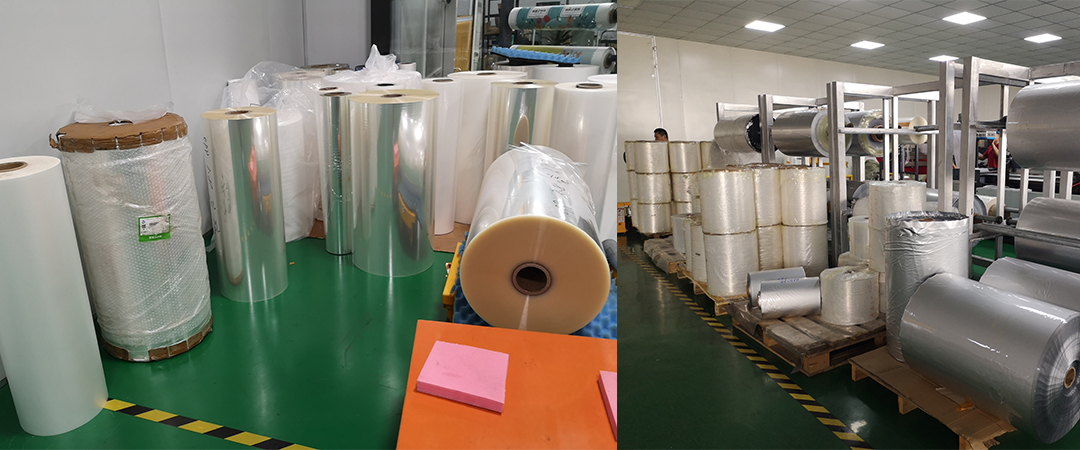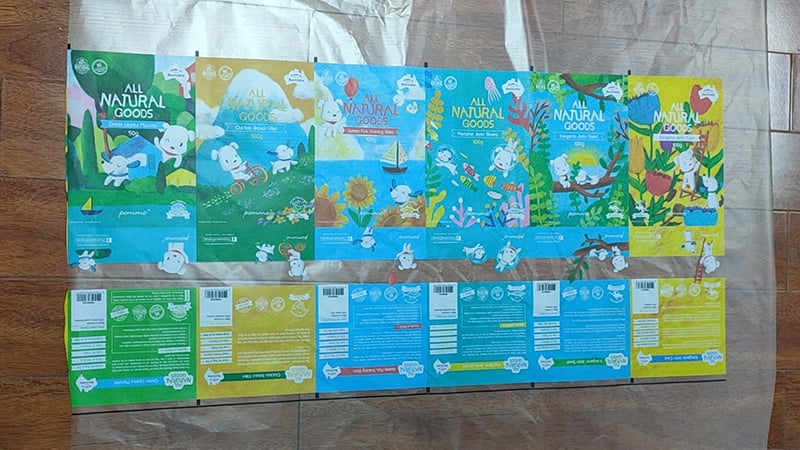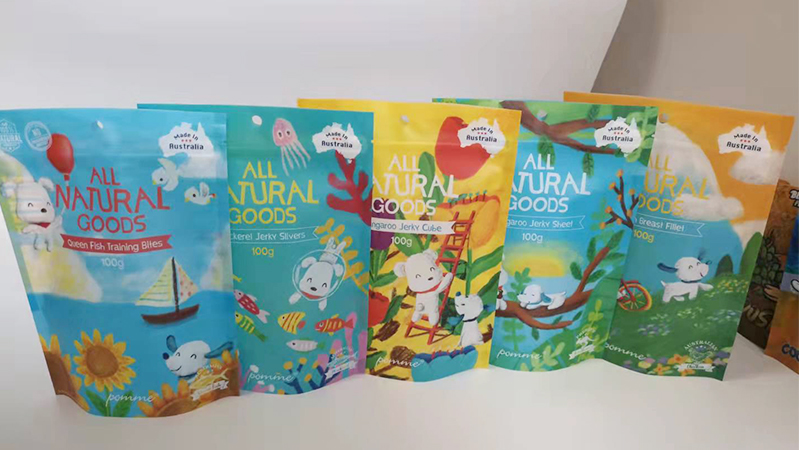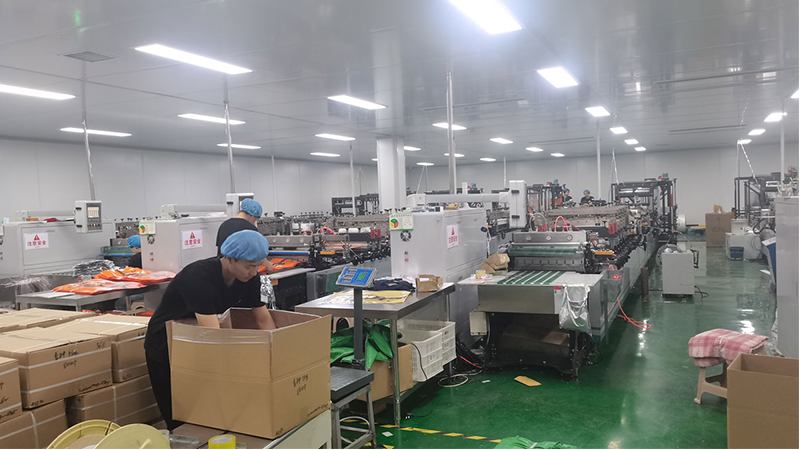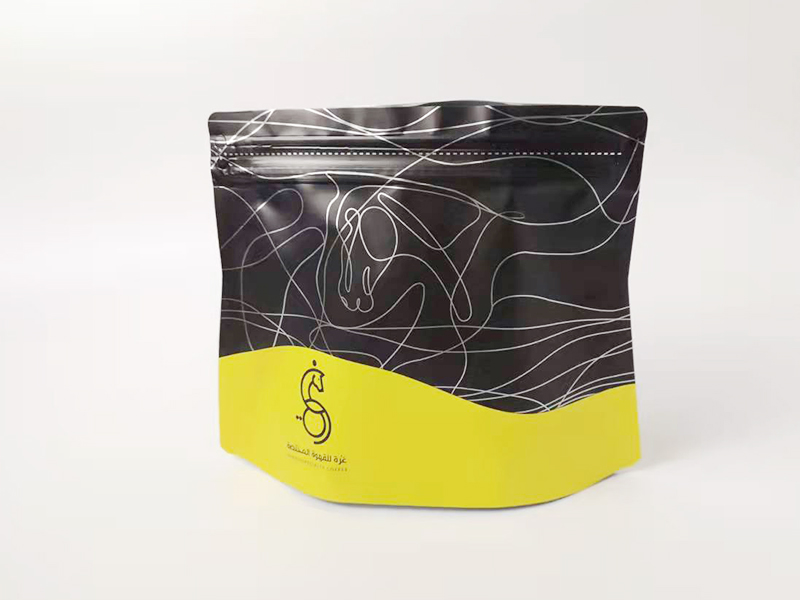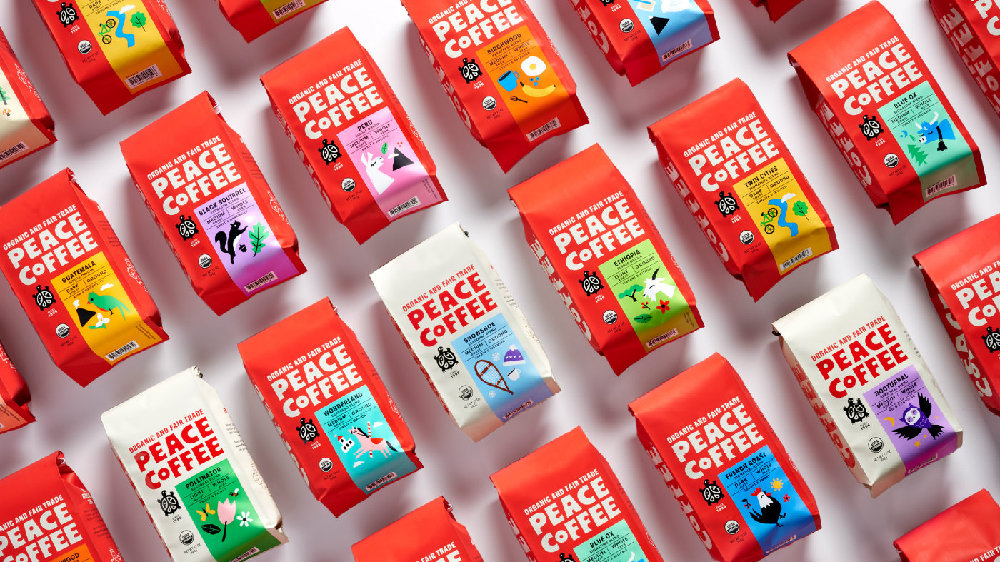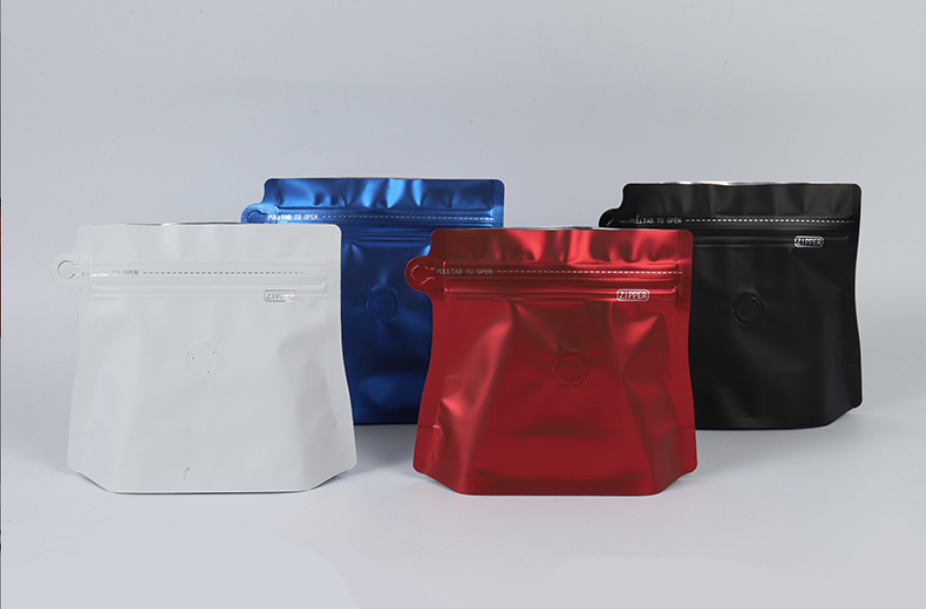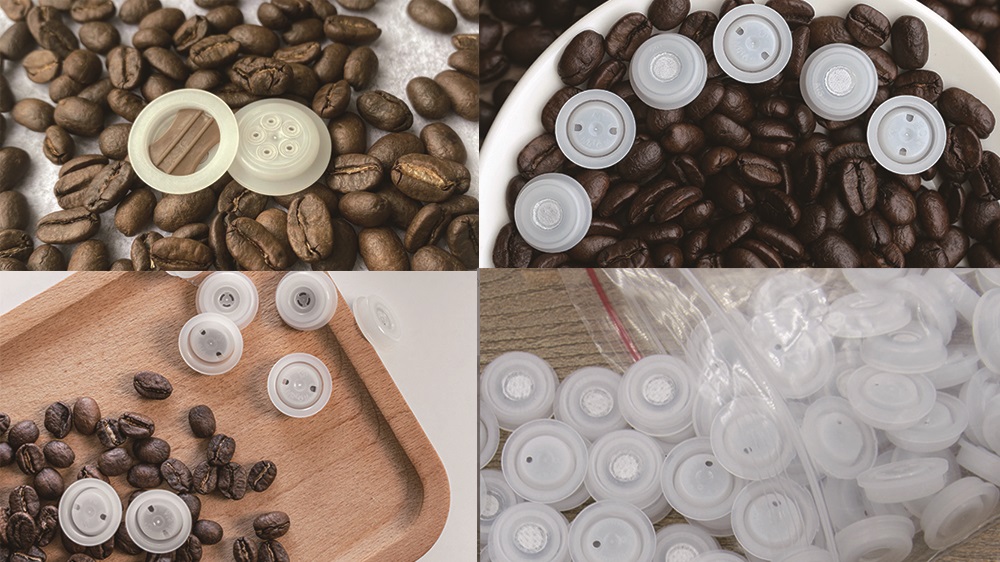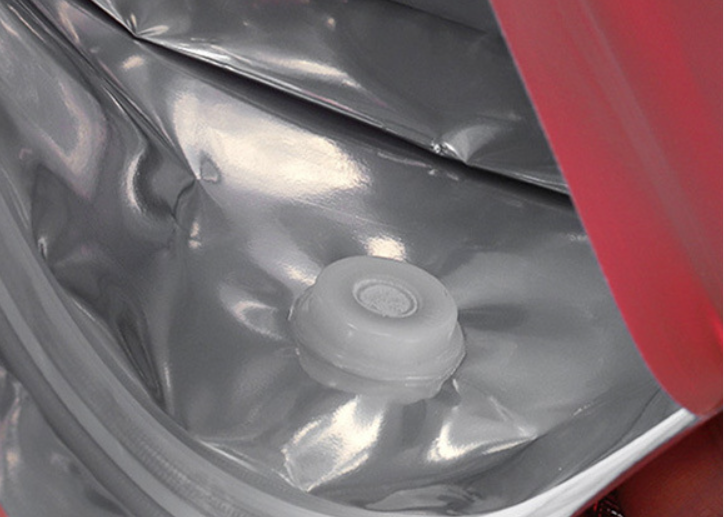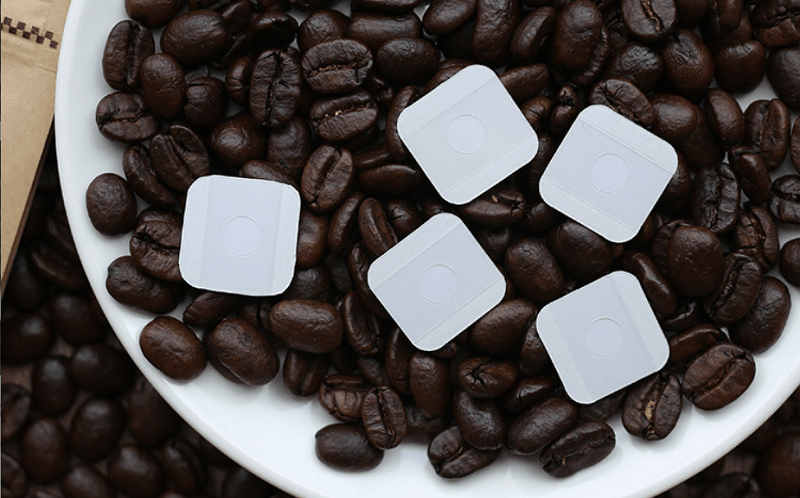
As we all know, China has entered an era of personalized and data-based consumption, and product innovation and change are extremely fast. This has brought many new issues to packaging and printing service providers, including small batch and ultra-short edition product customization which is the most prominent phenomenon at present. Many soft package new products require only a few thousand at the beginning of the market development. Such a quantity is difficult to print with traditional gravure, but the market is there. How to respond to such demand is every The problems that must be faced by the soft package manufacturers and solutions must be found. In addition, many excellent brands want to see real sample bags in the development and packaging stage. The demand for these sample bags is often around dozens, and they are still a series of multi-page works. This demand cannot be given by traditional printing. stand by. In addition to the above two long-awaited needs, there is more and more demand for innovative functional packaging with one thing and one code on the packaging! These requirements provide a broader development space for the digital printing process.
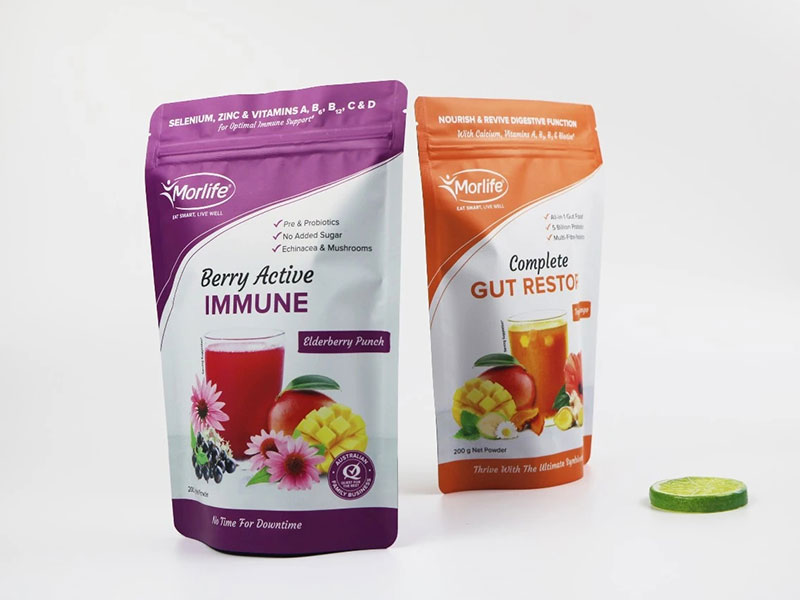
The biggest advantage of the thin film digital printing process is that it eliminates the cumbersome and expensive gravure production process, can quickly print graphics and text through electronic files, and can also support the coded printing of variable code data. These functions and techniques cannot be accomplished by the traditional printing process. Although the digital printing process outperforms traditional printing in many ways, after all, the current total installed capacity is limited, coupled with the limitations of many conditions such as expensive equipment and high printing costs compared to traditional processes. If In order to replace the production capacity of traditional fixed plate printing in mass printing field, it is not realistic at present. However, we believe that digital printing technology will eventually become an indispensable technology in the society. Its value will be more reflected in the customized fields of specific packaging products, such as variable data assigned printing, less quantization and fast delivery time. As the market matures, it will also blossom into a brilliant flower..
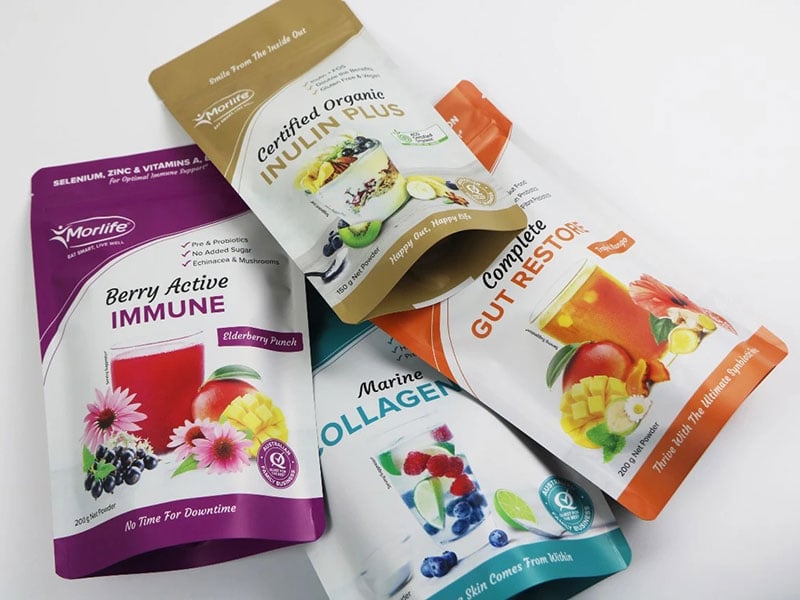
In recent years, large-format digital film printing has emerged in the field of flexible packaging proofing. It emerged from the concept of small batches and personalization and has become a real market behavior. The users are often those who need to recommend new products at the exhibition. They use Digital printing samples to test the market for large-scale products. These merchants are mostly FMCG and pet feed traders, and there are also large brand companies that are not customized for sales purposes. This customers hope that their excellent design drafts can be truly displayed show on shareholders, which is convenient for packaging final review. After careful consideration, this demand is also logical. Once the brand packaging is approved, its output is more than ten million, so it is relatively cautious. The ordinary electronic document design draft is not suitable for use as a proposal review. These demands can only be thought about before the digital printing press appeared. Digital Printing makes your dreams come true.


